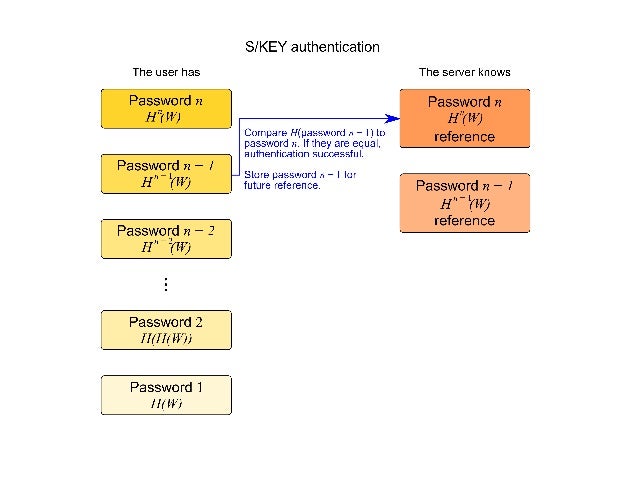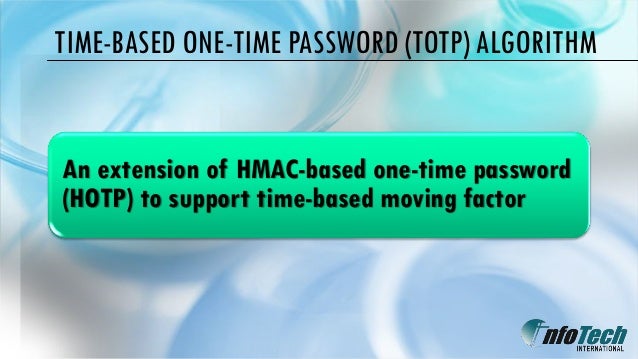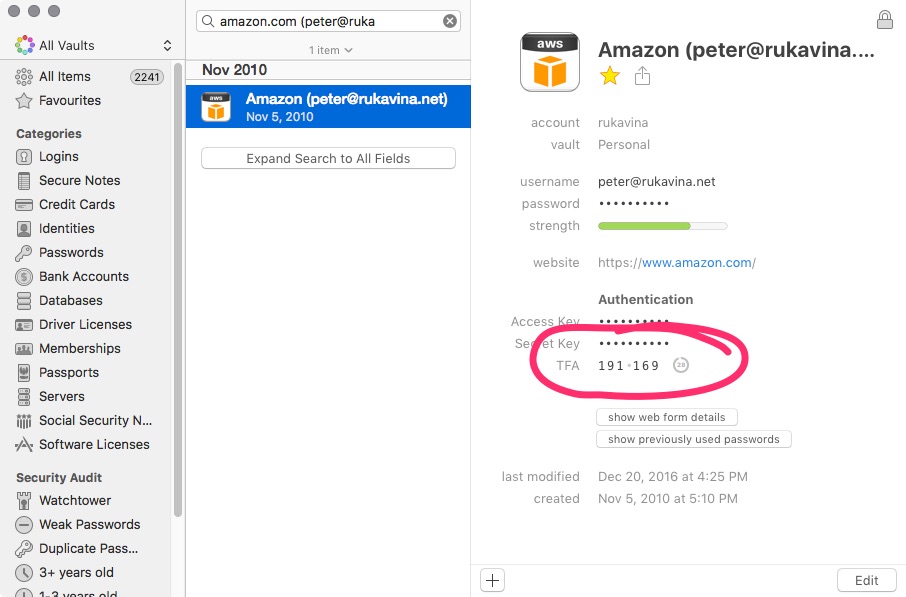

Resistance to replay attacks: OTP authentication provides distinct advantages over using static passwords alone.Now that you know what OTPs are, let’s examine how they keep businesses secure. What are the benefits of One-Time Passwords (OTPs)? In addition to passwords, security teams often distribute possession factors like OTPs using tokens and phone notifications-things the user likely already has. Things that identify the user uniquely, like fingerprints or behavioral data. Things the user has, such as a token, credit card, or phone. Things the user knows, like a password, PIN, or security question answer. When authenticating users, companies have to keep three independent factors to keep in mind: OTPs can also add a second layer of authentication that an unverified user will need to pass before they can access an account. Tech support teams typically administer OTPs to people who’ve forgotten their login credentials to an account or website, or when the resource in question requires additional protection from unwanted access attempts.


An algorithm generates a unique value for each one-time password by factoring in contextual information, like time-based data or previous login events. A one-time password or passcode (OTP) is a string of characters or numbers that authenticates a user for a single login attempt or transaction.


 0 kommentar(er)
0 kommentar(er)
